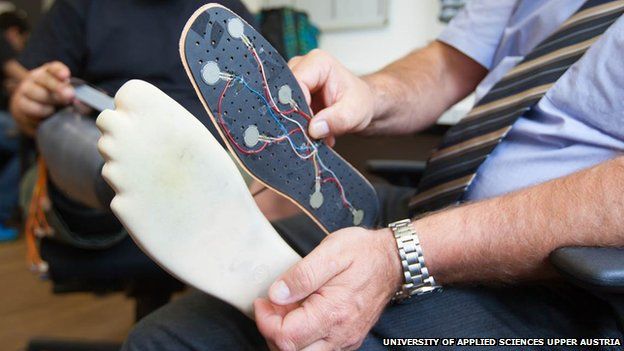The new prosthetic hand is most lifelike yet!
Wearing prosthesis has always significantly improved life quality and enables a wide range of movements and daily tasks otherwise difficult to achieve. However, there has been a considerable turn in research, as the various advances in robotic prosthetics are being merged to achieve one of the most lifelike models ever. DARPA’s (Defense Advanced Research Projects Agency) researchers were able to create a bionic hand that be controlled with the mind and can feel touch!
One of DARPA’s fields of research is neurotechnology. By studying structure and chemical components of brain activity and directing the movements of small and big (networks of) neurons, they hope to improve life conditions for people who are paralysed. DARPA were able to measure the activity of different portions of the brain and explain how these brain movements lead to specific behaviour like physical movements, thought, memory and sensation.
The innovative DARPA design works by surgically placing electrode arrays into the motor and sensory cortex – in other words, respectively the parts of the brain concerned with movements and tactile sensations such as touch.
The prosthetic hand was created by the Applied Physics Laboratory at John Hopkins University and differs from current ones for the particular sensors on the fingers, able to recognise touch. Simply put, when the prosthetic hand touches something, the force applied to the hand is transformed in electrical signals that stimulate the sensory portion of the brain. DARPA programme manager Justin Sanchez, in his Wait, What? talk, explains his work at DARPA with neurotechnology.
Some anonymous volunteer subjects have confirmed this sensation. They enthusiastically commented that they could feel which finger of the prosthetic hand was being touched without looking, and that it felt almost natural. It was also possible to distinguish when more than one finger was touched.
However the design is not without its limitations; the sensors are placed only on the fingers, therefore restricting touch sensation only to this part of the hand. What’s more, the hand is not equipped to distinguish objects’ temperatures.
It is a revolutionary discovery. Contrary to normal prostheses that only receive motor signals from the brain, this new design involves a two-way communication between the brain and the prosthesis.
A similar model was developed for a prosthetic leg in Austria this summer. Wolfang Rangger, who had lost his leg following complications from a blood clot, tried it and assures that “it feels like I have a foot again!” In this case the sensors were placed on the sole of the artificial foot and are activated through the nerves at the base of the stump. Besides the obvious touching/feeling experience, the model offers a great relief from phantom limb pain, as Mr. Rangger states.

However, the model is still being tested and the details of the procedure have not been published yet.
The hope is that, in a close future, amputees will be able to take advantage of this innovative piece of technology and experience the feeling of touch on their prosthetic limbs.
Photos are courtesy of DARPA websites, BBC News and YouTube.
---------------------------
Sign up to bespoken to post a comment on this article!
---------------------------
Touch has a memory: developing prosthetics which can feel
Tags:
Replies to This Discussion
© 2025 Created by Gordon White.
Powered by
![]()
